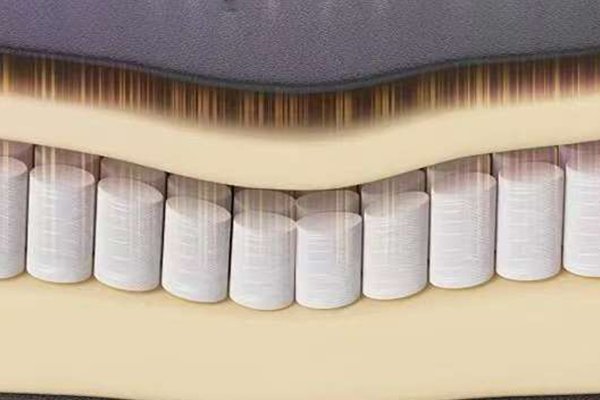
As sustainability becomes a priority, many consumers consider the environmental impact of their furniture choices. But which sofa type is more eco-friendly: modular sofas or compressed sofas?
Modular sofas are generally more sustainable due to their long lifespan, replaceable parts, and recyclable materials, whereas compressed sofas have lower transport emissions but are harder to recycle and replace.
Let’s compare them based on materials, production impact, transport efficiency, durability, and waste management.
Which Uses More Sustainable Materials?
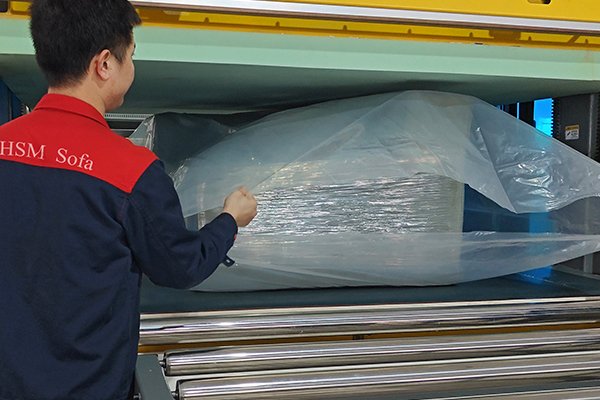
The materials used in a sofa affect both its durability and environmental footprint.
Material Comparison
| Component | Modular Sofas | Compressed Sofas |
|---|---|---|
| Frame | Solid wood, metal (some FSC-certified) | Lightweight engineered wood, metal |
| Cushions | Replaceable foam, down, latex | High-density foam, harder to recycle |
| Upholstery | Custom fabric choices, often natural fibers | Mostly synthetic fabrics |
Modular sofas offer more sustainable materials, while compressed sofas rely more on non-recyclable synthetics.
Which Has a Lower Carbon Footprint in Production?
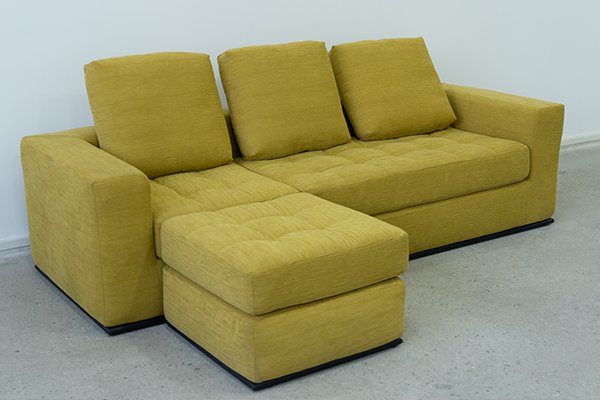
A sofa's manufacturing process can significantly impact energy consumption and pollution.
Manufacturing Comparison
| Factor | Modular Sofas | Compressed Sofas |
|---|---|---|
| Energy Use | Higher due to wood & metal processing | Lower due to foam-based production |
| Chemical Use | Fewer synthetic chemicals | More chemicals in foam and adhesives |
| Eco-Friendly Practices | Many brands offer FSC-certified wood & recycled fabrics | Limited sustainable sourcing options |
Modular sofas may require more initial energy, but their eco-conscious material sourcing offsets this impact.
Which Has a Lower Carbon Footprint in Transport?

Compressed sofas have a key advantage when it comes to shipping efficiency.
Transport & Logistics Impact
| Factor | Modular Sofas | Compressed Sofas |
|---|---|---|
| Shipping Volume | Bulky, requires larger transport space | Compact, vacuum-packed for efficient shipping |
| Emissions from Transport | Higher due to bulkiness | Lower due to smaller package size |
| Packaging Waste | More packaging materials needed | Uses less packaging material |
Compressed sofas win in transport efficiency, as their compact design reduces carbon emissions.
Which Lasts Longer and Reduces Waste?
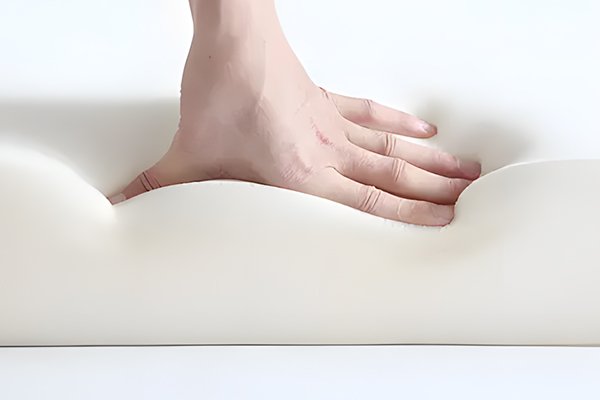
A sofa’s lifespan directly affects its sustainability—the longer it lasts, the less waste it generates.
Durability & Lifespan
| Feature | Modular Sofas | Compressed Sofas |
|---|---|---|
| Average Lifespan | 10 - 20 years | 5 - 8 years |
| Repairability | Replaceable modules extend use | Limited repair options |
| Waste Generation | Lower (individual parts can be replaced) | Higher (entire sofa often discarded) |
Since modular sofas allow for part replacements, they outlast compressed sofas and generate less waste.
Which Is Easier to Recycle?
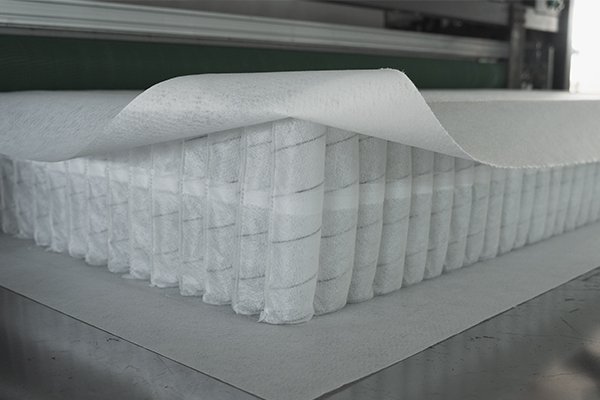
Furniture recycling helps minimize landfill waste.
Recycling Potential
| Feature | Modular Sofas | Compressed Sofas |
|---|---|---|
| Frame Material | Often recyclable wood & metal | More non-recyclable components |
| Cushioning & Foam | Some use biodegradable or replaceable cushions | Most foam is difficult to recycle |
| End-of-Life Disposal | Can be repurposed or refurbished | Often discarded entirely |
Modular sofas are more recyclable, while compressed sofas contribute more to landfill waste.
Conclusion
Modular sofas are the more eco-friendly choice due to their longer lifespan, replaceable parts, and recyclable materials.
- Choose a modular sofa if you want a long-lasting, repairable, and sustainable option.
- Choose a compressed sofa if you prioritize low transport emissions but can accept a shorter lifespan.
For overall sustainability, modular sofas are the better investment.